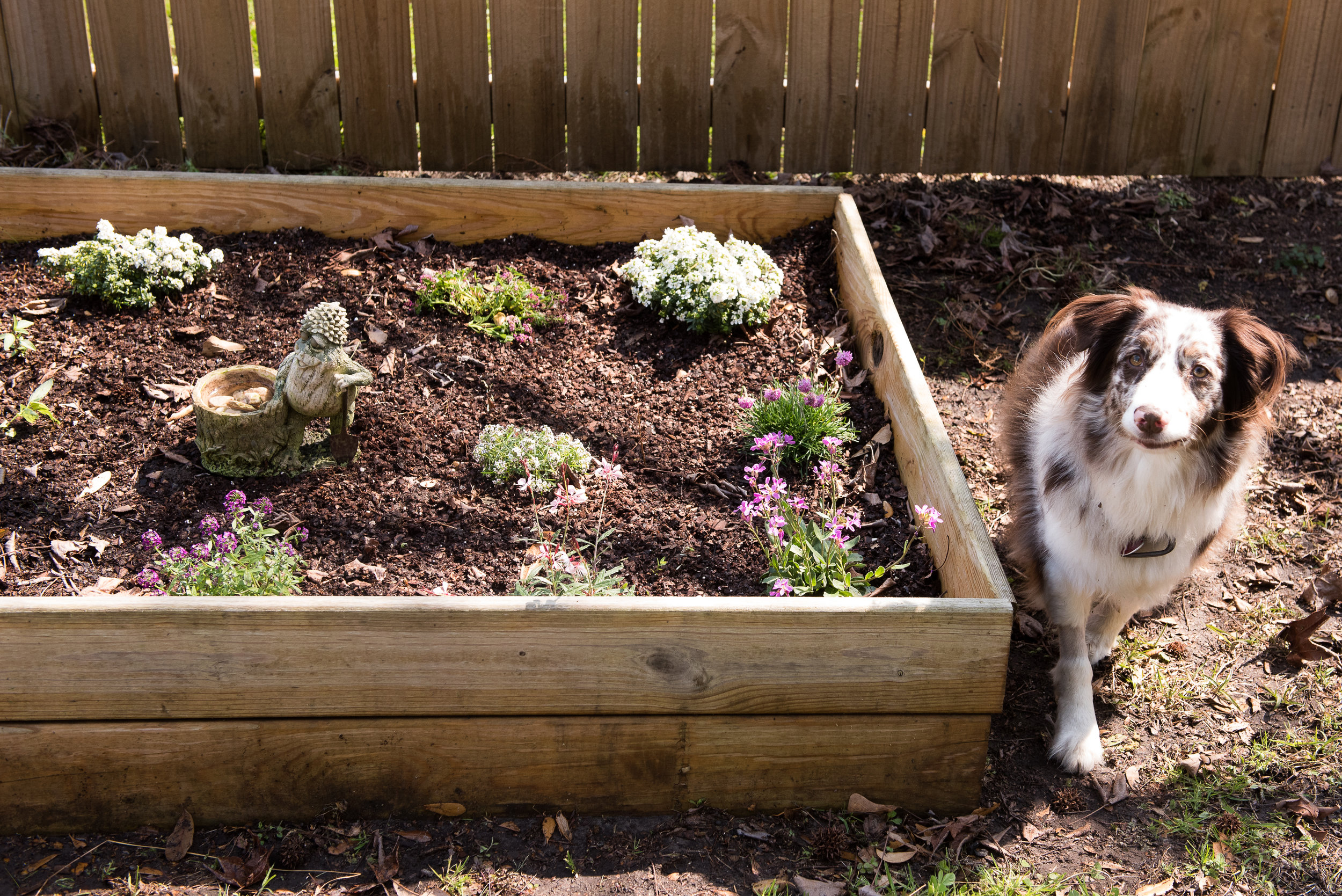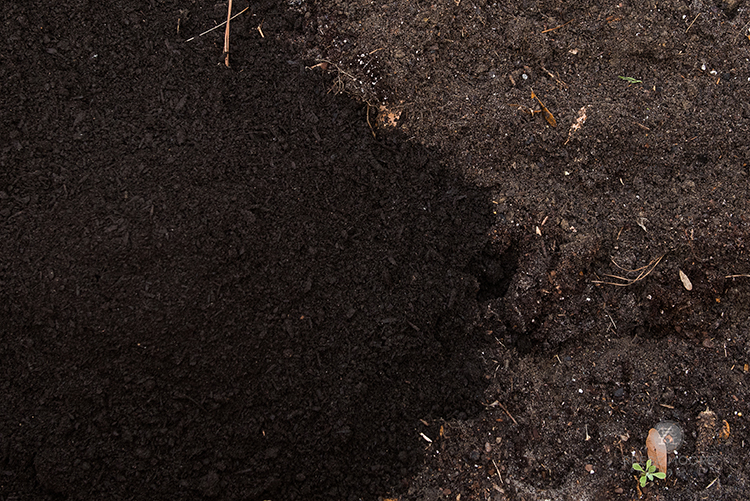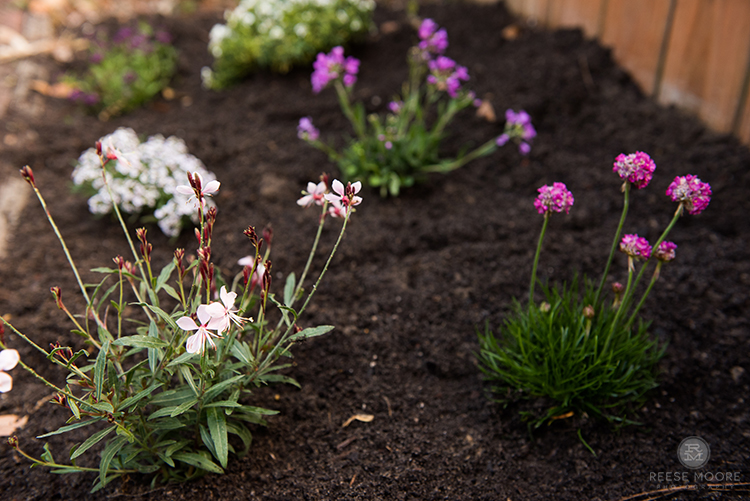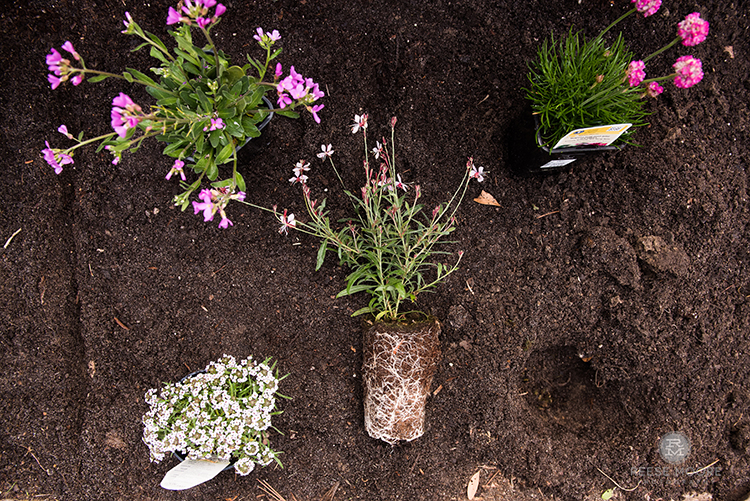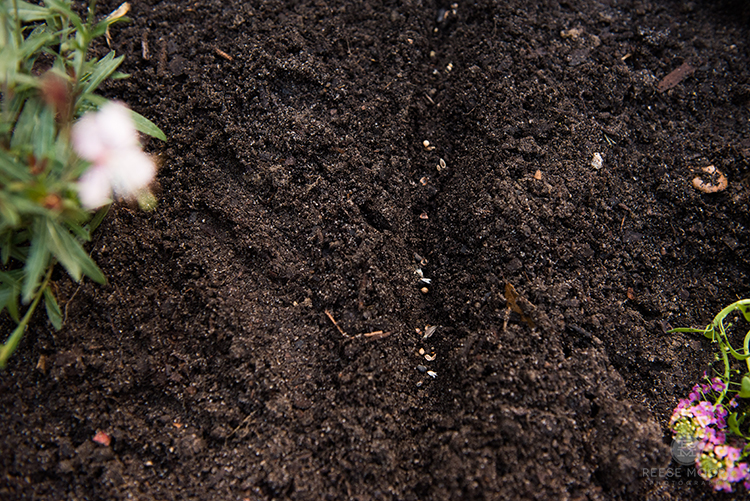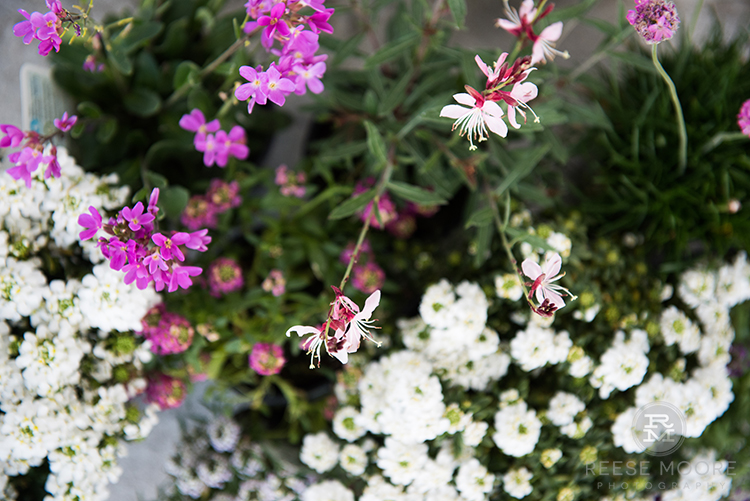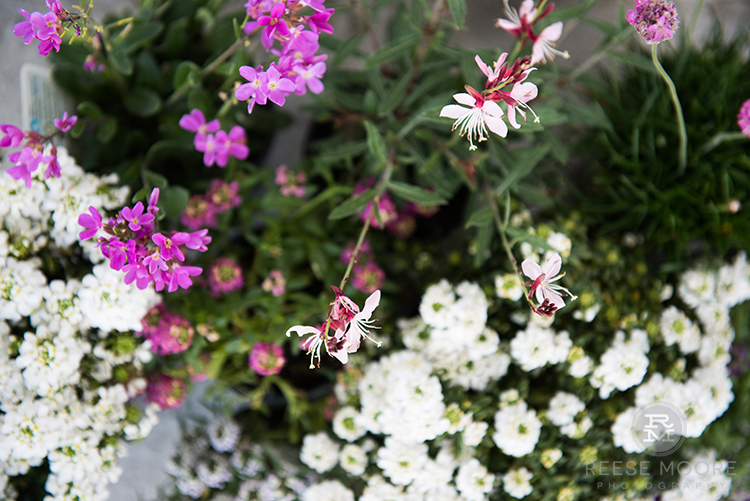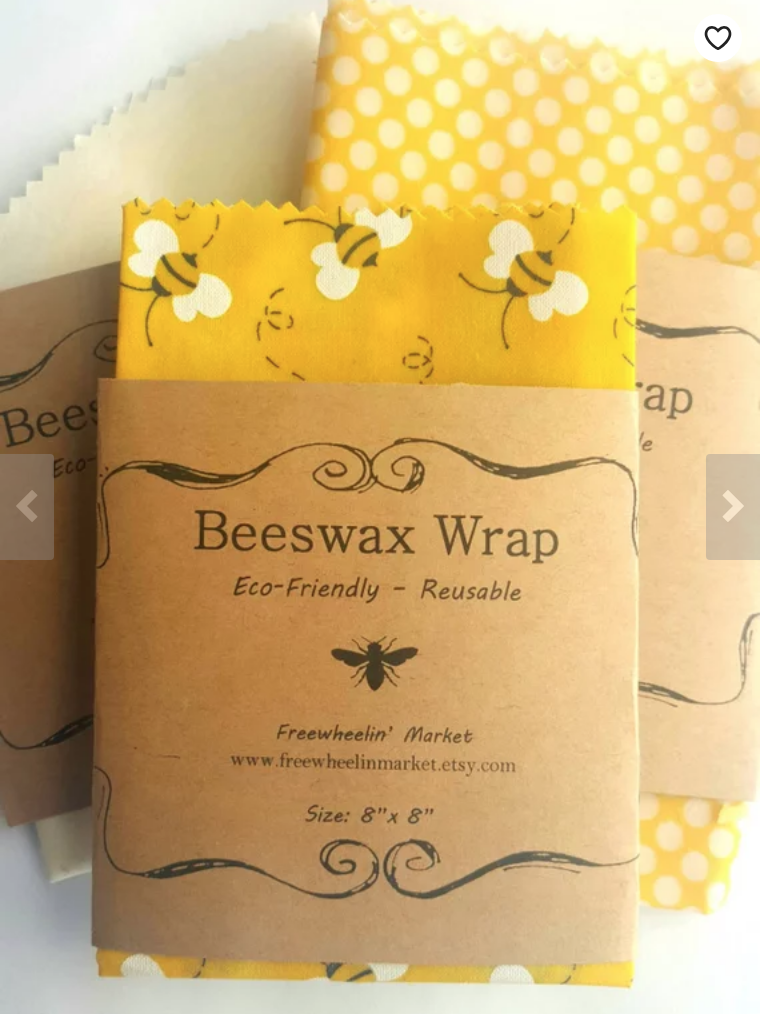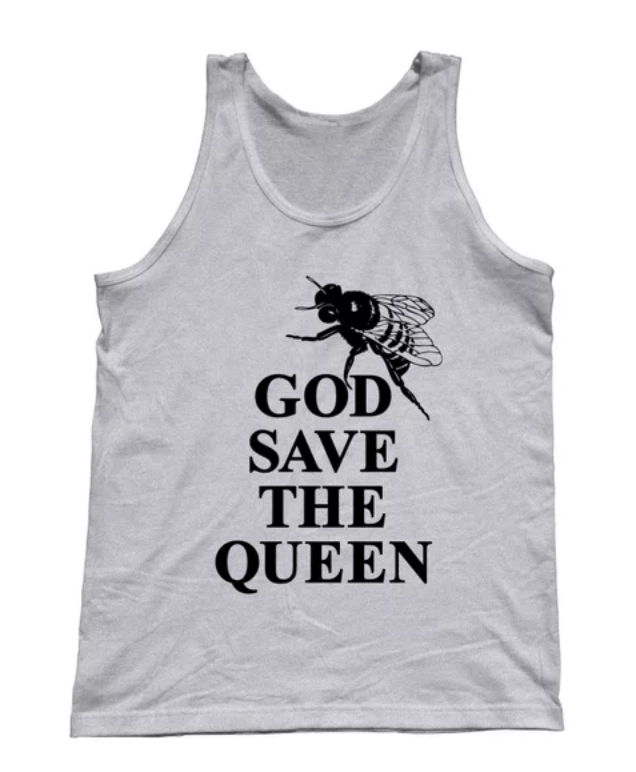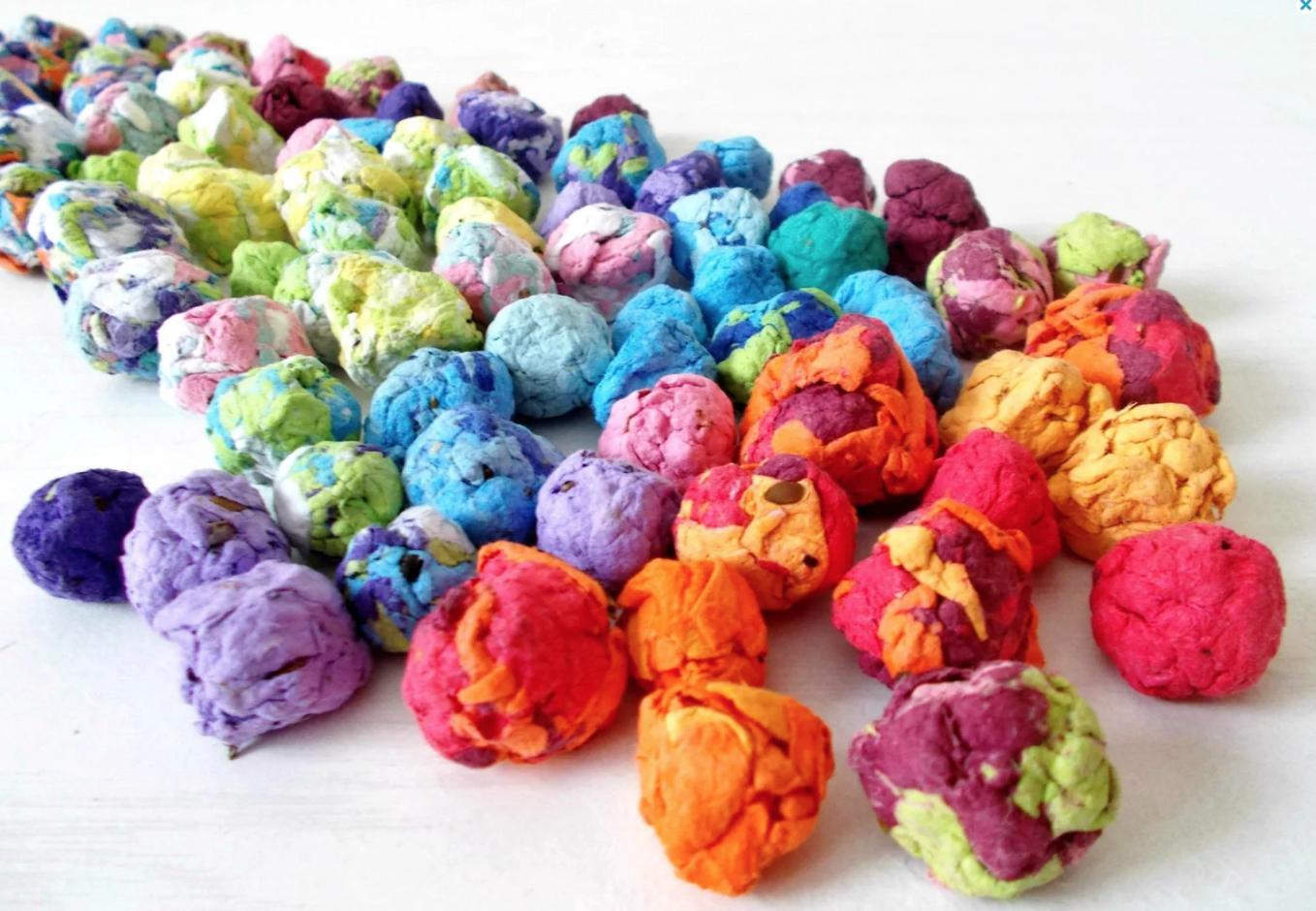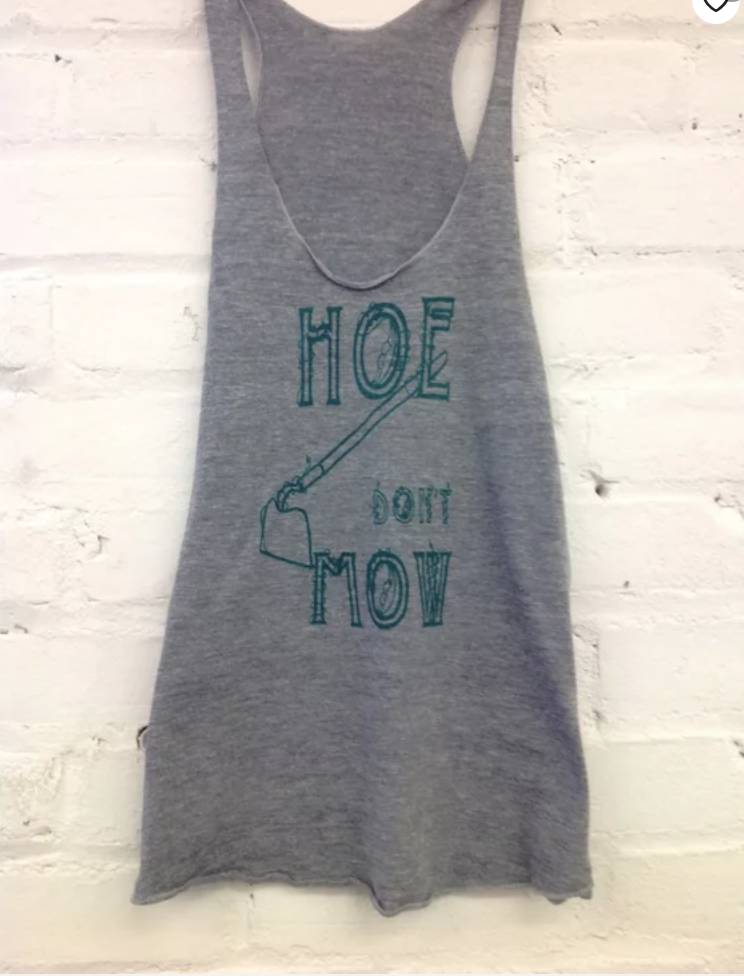How to Plant a Bee Garden: DOs and DON'Ts
/I love bees. They’ve got a killer spring wardrobe, they love flowers, and their bumbling excitement as they dive into pollen makes me smile every time.
I’d love to keep them around! As you may know, U.S. bee populations declined a whopping 23% between 2008-2013, leaving some species of bee on the endangered species list.
So what’s happening to the bees? We don’t exactly know, but pesticides, limited biodiversity of food supplies, and heavy habitat destruction have all been fingered, which is exactly why I decided to sacrifice part of my beloved vegetable garden and designate it as a bee garden this year. (Side note: pollinator gardens are incredibly beneficial to your veggies as well. Thinking of planting your first veggie garden? Salvage & Stitch has got you covered.)
A bee garden, you say?! That’s right. Think of it as a veritable bee buffet. A pollinator-palooza. Bumblebees gone wild. And in this post, I’m going to go over two ways to put a bee garden in your yard this year. Don’t have a yard? No worries! You can still help the bees! Tune in later this week for my DIY pollinator pallet garden tutorial.
DOs
Location: DO dig your in-ground bee garden someplace with a fair amount of sun, but still within easy range of a watering source. You also may not want to dig the garden immediately next to your patio or favorite sitting area, lest they crash your next family BBQ. Do remember that some people are deathly allergic to bee stings, and the bees would probably rather get their pollen party on in peace, anyway.
Pipes: If you’re digging from scratch, DO make sure there are no pipes where you’re plotting your garden. Skipping this step may cost you a lot of money later.
Seeds/Flowers: Where you’ve decided to put your garden will dictate which plants will thrive in that area, so spend a day or so clocking a rough estimate of how much light that area gets. For instance, I went with a Save the Bees seed mix for my house, but since my boyfriend sometimes rents his place out (renters probably won’t tend the bee garden) and Charleston summers can be incredibly rough, we went with a drought-hardy seed mix for his.
DON’Ts
Location: DO NOT put your bee garden in the path of pesticides, dryer exhausts, or anything that may blow chemicals onto your pollinator garden. High traffic areas are also undesirable.
Mulch: Remember that many wild or solitary bees actually nest in the ground, and mulch further restricts their habitat
What You’ll Need (full gallery at bottom of post):
Compost (I like mushroom compost)
Shovel, hoe, gardening tools, gloves
Edging materials such as brick or stone
Organic fertilizer (for later)
Seeds
Flowering plants (with pollen!)
Yard art or THIS SOLAR POWERED GARDEN FLAIR (optional but makes it so much more fun)
Wood for signage, eco-friendly casein paint (optional but highly encouraged)
Small, shallow glass, stone, or ceramic bowl
Water
Loose stones
Prefab wooden garden bed or alternately wood, metal braces, drill, screws, and top soil
Hose, watering can, and/or rain barrel
*This post contains affiliate links. This means that if you click through and give the product a whirl, I get a tiny fee for spreading the news at no extra cost to you. This helps me offset the enormous amount of time that goes into Compost & Cava.
Building Your Bee Garden
Step 1: Pick your location. Assess the light to see if you’ll want drought-hardy, full sun, or part shade plants.
Step 2: For in-ground beds, working carefully if unsure of pipes, churn up ground. Remove large rocks, roots, and weeds. Edge bed as desired to keep out grass, weeds, and pets. Work in good amount of compost - I like a 50-50 ratio of compost to dirt, but you may want to look into the optimum ratio for your soil type. For above ground beds, build or assemble bed. Mix dirt and compost, pack down.
Step 3: Select plants and seeds. THIS IS THE FUN PART! I wanted a mix of mature and flowering plants as well as seeds. I want the bees to have something to enjoy as soon as they emerge for the spring, but I also wanted to seed younger, more resilient plants that would bloom in waves throughout the summer. Summers are particularly brutal in Charleston, so a sun-loving, drought resistant bloom was my ideal. Many seed packets will be labeled for pollinators, and as for the mature plants? Ask your local garden store, or ask a bee. I’m not kidding. I stood in the flowering section of local store and watched to see what they were most drawn to, and then reconfirmed with the garden staff.
Step 4: Lay out your garden, leaving space for your seedlings to grow and thrive. Put in mature plants first. Gently but firmly loosen plants from pots, lightly work root system if compacted. Dig hole slightly larger than root system, put mature plant in. Firmly pack surrounding soil. Put seeds in according to instructions. Water. Reseed as desired.
Step 5: Water thoroughly. Remember that transplanted plants can be grumpy for a bit, so give them a lot of TLC in the beginning. I found that my wildflower seeds were positively dying to sprout, and have a really surprising amount of growth within one week. I’m going to plant a second wave of seeds in two weeks.
Step 6: Put in your bee pond. Bees get thirsty, too! Gently tuck bowl or dish into garden, add loose stones so they are only partially submerged, to allow bees to climb in to drink and out of water. Pour in water from rain barrel, if available. IF YOU LIVE IN A MOSQUITO PRONE AREA, change this water out every couple days to prevent mosquito larvae.
Step 7: Create signage. (More detail on eco-friendly craft paint in next post.) This is important because, as mentioned above, some people are deathly allergic to bees and need to know this area is specifically designed to attract them. Also, if you are someone who sprays your yard for mosquitos or uses a lawn service or who is scheduled for termite servicing or general pest spraying, I STRONGLY ADVISE posting instructions banning chemicals for a full 15 foot radius around your bee garden, if you want to continue using chemicals. Also consider only allowing spraying very early in the morning or late in the evening, when bees are less active.
Step 8: Add yard art, and enjoy! Fertilize with organic fertilizer as needed or according to specific plant needs. I went with some really special tin goats I got at a resale store, while Logan got the spiffy Mr. Toad that I picked up off a curb somewhere. Because I am a trash panda. If you are NOT a trash panda, buy that solar powered gnome I linked to above and send pictures of your significant other's face, please.
Even though it’s unseasonably cold here in Charleston, I’ve already spotted several bumbling, buzzy visitors, and ran shrieking into the house, “The bees are here!! The bees are here!” …My boyfriend is a saint. It warms my heart to see them happily hovering around, and I’m so excited about my flowering seed mixes. I check on my sprouts progress every day! I can’t wait to see what glorious flowers are going to emerge from such tiny seeds.
Most importantly, remember we really, really need the bees. Think of them as our little friends in need, and please consider 1) not spraying your yard 2) planting flowers of some sort, if not a bee garden, and/or 3) not mulching your beds. The situation is becoming dire.
Up next! How to build an eco-friendly bee garden from a wooden palette!
